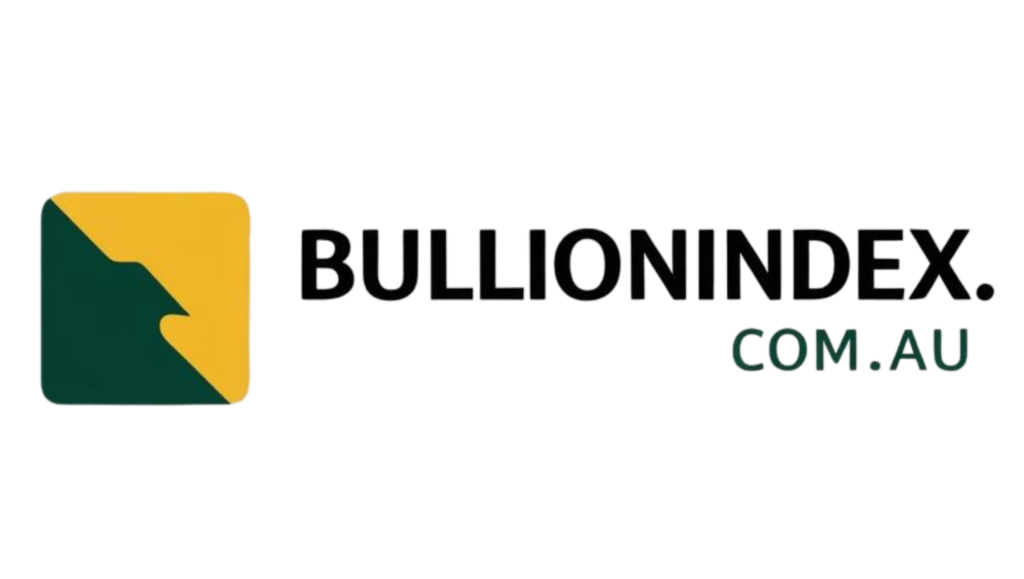Gold and silver prices took divergent paths on Friday, breaking their usual trend of moving in sync as global stock markets retreated from recent highs. Gold prices slipped slightly while silver saw an increase, defying their typical correlation for both the day and the week. Gold traded at $2161 per Troy ounce, marking a slight decrease for the week after a recent streak of setting new all-time records. Conversely, silver prices rose, reaching $25.44 per Troy ounce in spot-market trading.
The relationship between silver and gold prices has been historically intertwined, with both metals often moving in the same direction. However, recent market dynamics have shown a deviation from this pattern, indicating a shift in investor sentiment and economic factors influencing these precious metals. John Reade, a strategist at the World Gold Council, highlighted the importance of China’s economic recovery in driving silver prices higher due to its significant industrial demand for the metal.
In the context of global trade, silver prices in Shanghai reached a peak, reflecting China’s pivotal role as a major manufacturing and exporting hub. The surge in India’s silver demand, coupled with changes in import regulations and duties, further underscores the evolving dynamics of the precious metals market. As silver prices surged, Indian banks halted silver imports, signaling a shift in trade flows and market conditions.
On the other hand, gold’s recent rally to new record highs lacked a clear trigger event, according to analysts. This rally, without a significant catalyst, sets it apart from previous peaks in the market. The upcoming interest-rate decision by the Federal Reserve is closely watched by investors, with expectations of no immediate rate cuts but potential shifts in future policy projections. Market participants are also monitoring the Fed’s ‘dot plot’ forecasts for insights into the central bank’s outlook on economic conditions and monetary policy adjustments.
Amidst these developments, base metal copper and crude oil prices surged, driven by supply-demand dynamics and market speculation. Copper, known as “the metal with a PhD in economics,” maintained its upward trajectory, underpinned by industrial demand and supply constraints. Similarly, crude oil prices neared five-month highs on expectations of increased demand and constrained supply.
Looking ahead, market participants are bracing for potential shifts in the economic landscape as central banks navigate monetary policy decisions. The Federal Reserve’s upcoming announcements and market reactions will provide valuable insights into the future direction of precious metals and other commodities. As investors assess risks and opportunities in the evolving market environment, the interplay between geopolitical events, economic data, and market sentiment will continue to shape price movements and investment strategies.






